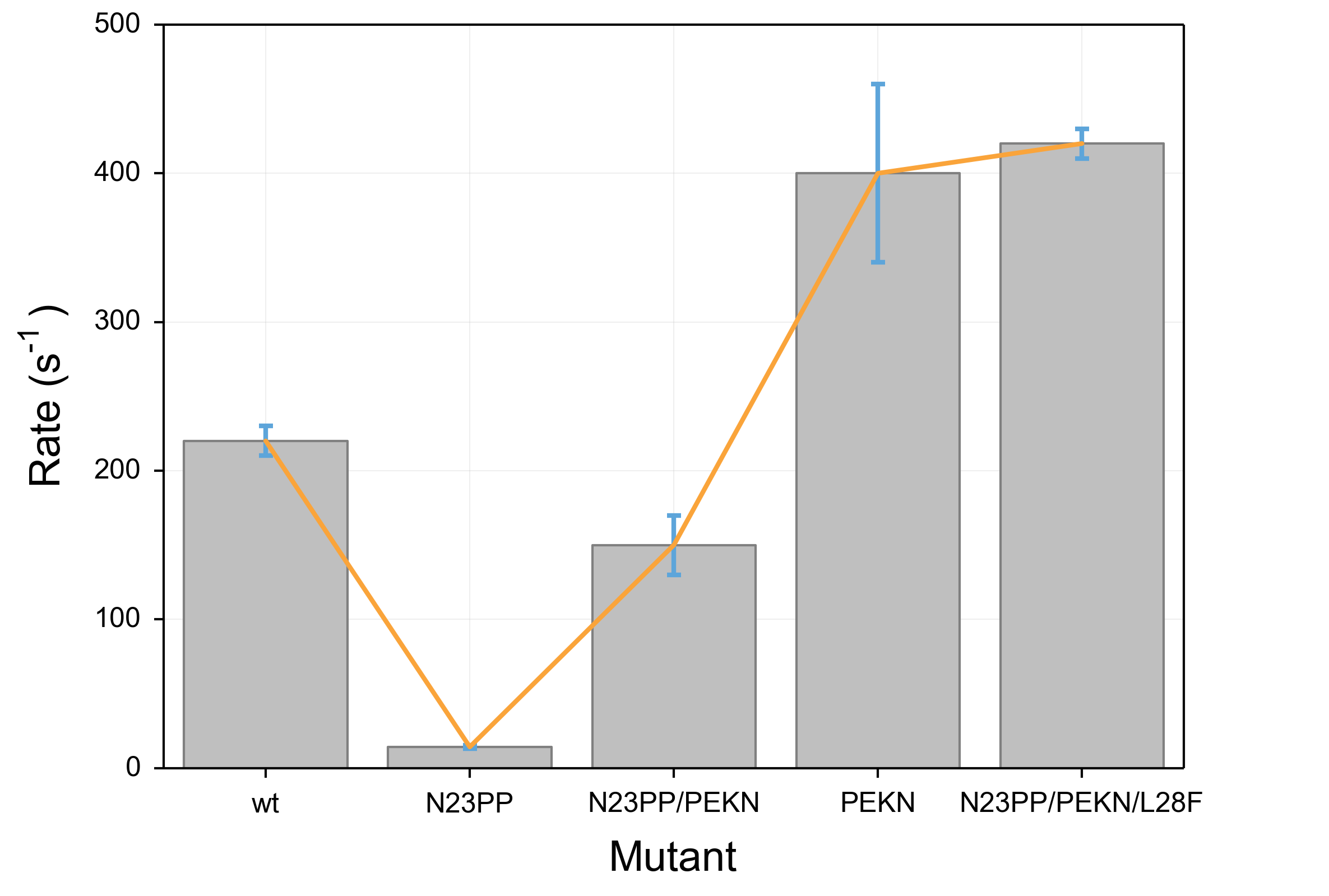Right now, the hashtag #ASAPBio is making waves on twitter as the meeting of the same name approaches. Scientists are eager to move towards preprinting, open access, and post-publication peer review in order to shed some of the major issues that the current journal publishing system poses for modern scientific communication. I personally am very much in favor in particular of preprinting as an evolutionary rather than revolutionary step in the right direction, but some faculty (among them my advisor) are increasingly pushing to avoid the pitfalls of the glamour journals altogether. They are running into a surprising voice of opposition: trainees who, somewhat justifiably, think that if they don’t try to “play the game” to get high-impact CNS papers, they are unlikely to be able to achieve success in their quest to ultimately get jobs. They make the argument that faculty job searches are reliant on big-name journals on a CV, and without at least one, they won’t be able to separate themselves from the ~400 other applicants in an average job search. With 400 candidates, reading even two papers per candidate could easily bog down a search committee in thousands of hours of work, and they know that it is much easier to filter heavily by those big-name journals to find only the “top” candidates to evaluate further. The responses have largely been saying that good faculty searches do go beyond that and do look at the applications themselves to judge candidates (with an estimated time of 20 minutes per application, this would suggest approximately 133 hours of total work), with the work divvied amongst the members of the committee so that it does not bog down any one scientist. The responses to this have been mixed, with some seeing this as a reasonable point and others continuing to believe that the system selects against those who aren’t publishing in the big-name journals.
A big part of the problem is that those trainees who hope to one day become faculty have often not gotten a chance to be a part of a faculty search. From the outside looking in, its easy to see the candidates coming to give job talks, the majority of whom do have major publications, and assume that that is what is required for them to eventually be in the same position. No matter what faculty say about their search process, ultimately the hiring process is from the outside a black box which encourages trainees to try to check all the boxes to improve their chances. Mike Eisen recently proposed in his “Mission Bay Manifesto” that scientists commit to not using journal titles in evaluation as a way of avoiding this kind of game, but it is hard to not feel like these factors remain important without knowing what is actually held as important behind the closed doors of the search committee. If the established scientists pushing for these changes to improve transparency in scientific publishing want to get trainees fully onboard, there needs to be a concerted effort to improve the transparency of the hiring side of the academic community.
To this end, I think the easiest and most straightforward solution is to begin including trainees on search committees. I would propose starting by putting one student and one postdoc on each search committee. This will benefit the search process by providing a perspective which is usually not taken into consideration during faculty search (but one that I would contend is very important - the prospective employees of a faculty candidate!), and it would also provide trainees with the opportunity to see what a successful application looks like. The educational benefit seems clear to me: with the opportunity to see hundreds of applications ranging in quality, anyone interested in pursuing academic faculty positions can get a better idea of what is expected of them. I think just as important is the cultural impact of this change. The ability of trainees to participate in searches will eliminate some of the superstitions that arise and help foster a better sense of ownership for trainees at an institution.
read more

